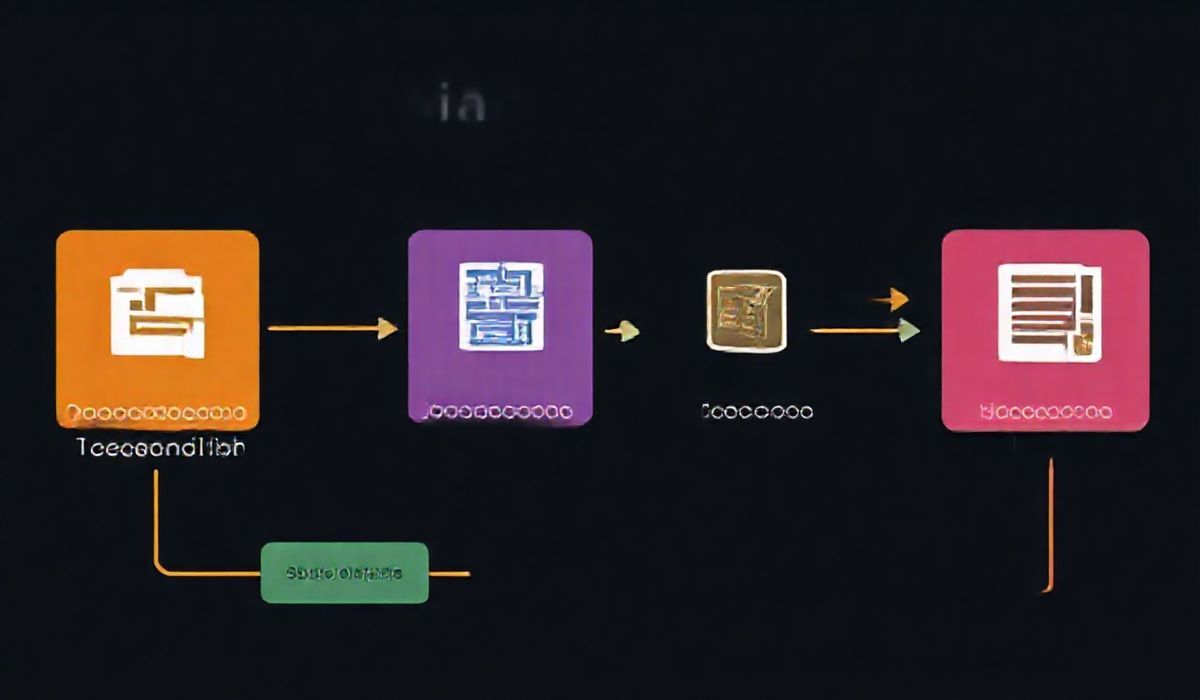Introduction to LangChain
LangChain is a powerful and efficient library that offers a comprehensive set of APIs to facilitate natural language processing tasks. Its functionalities cover a wide range of operations including data preprocessing, model training, and inference. In this guide, we will explore various LangChain APIs and demonstrate their utility through detailed code snippets.
1. Text Preprocessing
The text preprocessing module of LangChain consists of several useful functions. Below are some examples:
from langchain.preprocess import text_cleanup, remove_stopwords
# Clean up text
cleaned_text = text_cleanup("This is a sample text!")
print(cleaned_text)
# Output: "This is a sample text"
# Remove stopwords
filtered_text = remove_stopwords("This is a sample text")
print(filtered_text)
# Output: "sample text"
2. Tokenization
Tokenization is a fundamental step in NLP. LangChain provides efficient tokenization services:
from langchain.tokenize import word_tokenize, sentence_tokenize
# Word tokenization
words = word_tokenize("This is a sample text.")
print(words)
# Output: ['This', 'is', 'a', 'sample', 'text', '.']
# Sentence tokenization
sentences = sentence_tokenize("This is a sample text. Here is another sentence.")
print(sentences)
# Output: ['This is a sample text.', 'Here is another sentence.']
3. Vectorization and Embeddings
LangChain supports various vectorization techniques to embed text data:
from langchain.vectorize import tfidf_vectorize, word2vec_vectorize # TF-IDF vectorization tfidf_vectors = tfidf_vectorize(["This is a sample text.", "Another sample text."]) print(tfidf_vectors) # Word2Vec vectorization word2vec_vectors = word2vec_vectorize(["This is a sample text.", "Another sample text."]) print(word2vec_vectors)
4. Model Training and Inference
LangChain makes model training and inference hassle-free:
from langchain.models import TextClassifier
# Initialize and train the model
classifier = TextClassifier()
classifier.train(["Sample text one", "Sample text two"], ["label1", "label2"])
# Make predictions
prediction = classifier.predict("Sample text one")
print(prediction)
# Output: 'label1'
5. An Example Application
Let’s create a simple text classification application using LangChain API:
from langchain.preprocess import text_cleanup, remove_stopwords
from langchain.tokenize import word_tokenize
from langchain.vectorize import tfidf_vectorize
from langchain.models import TextClassifier
# Sample data
texts = ["This is a sample text.", "Another example of text."]
labels = ["category1", "category2"]
# Preprocess texts
cleaned_texts = [text_cleanup(text) for text in texts]
filtered_texts = [remove_stopwords(text) for text in cleaned_texts]
# Tokenize and vectorize
tokenized_texts = [word_tokenize(text) for text in filtered_texts]
vectors = tfidf_vectorize(tokenized_texts)
# Train and predict
classifier = TextClassifier()
classifier.train(vectors, labels)
prediction = classifier.predict(tfidf_vectorize("This is a sample text."))
print(prediction)
# Output: 'category1'
With LangChain, building complex NLP applications becomes remarkably easy and efficient. This guide provided a brief overview and examples of how to leverage LangChain’s APIs.
Hash: f3f2184b56f946c6275818ac52ec46744944aa53a6bc8b65d6c796db83529fee




